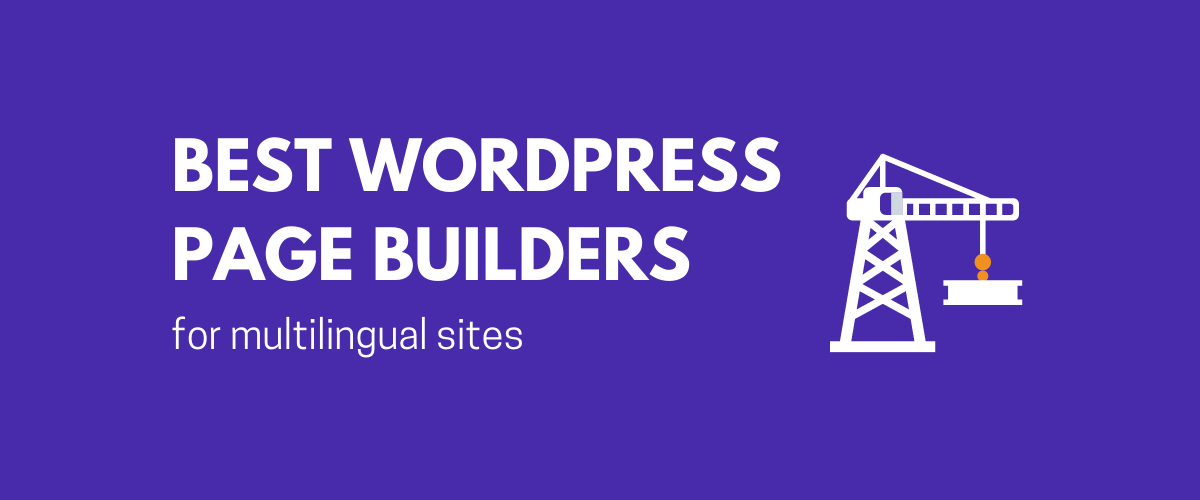
5 Best WordPress Page Builders for Multilingual Sites
If you’re building your WordPress website in the year 2025, then you’re probably doing it using one of the best WordPress page builders available on the market. However, right out the gate, it’s not immediately clear how to make your page builder content multilingual. Is it even possible? Can your custom page designs be translated […]
Continue Reading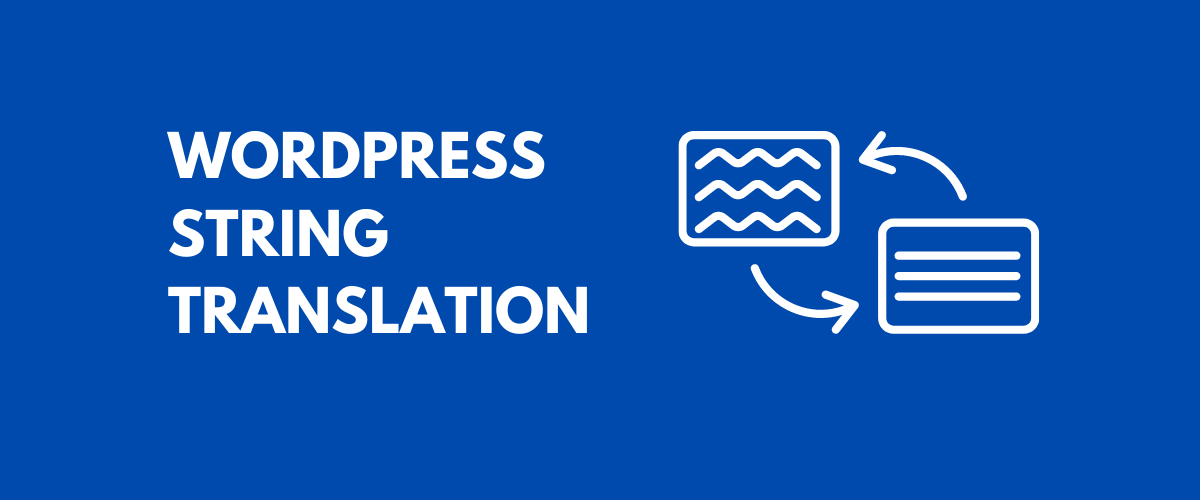
WordPress String Translation: Tutorial & Easiest Plugin to Translate Any String
Looking for the best solution for WordPress string translation? Fully translating and localizing your WordPress site requires more than just translating the content from the WordPress editor. You’ll also have content from your theme, plugins, widgets, etc.—that’s where WordPress string translation comes in. In this post, we’re going to show you how to translate any […]
Continue Reading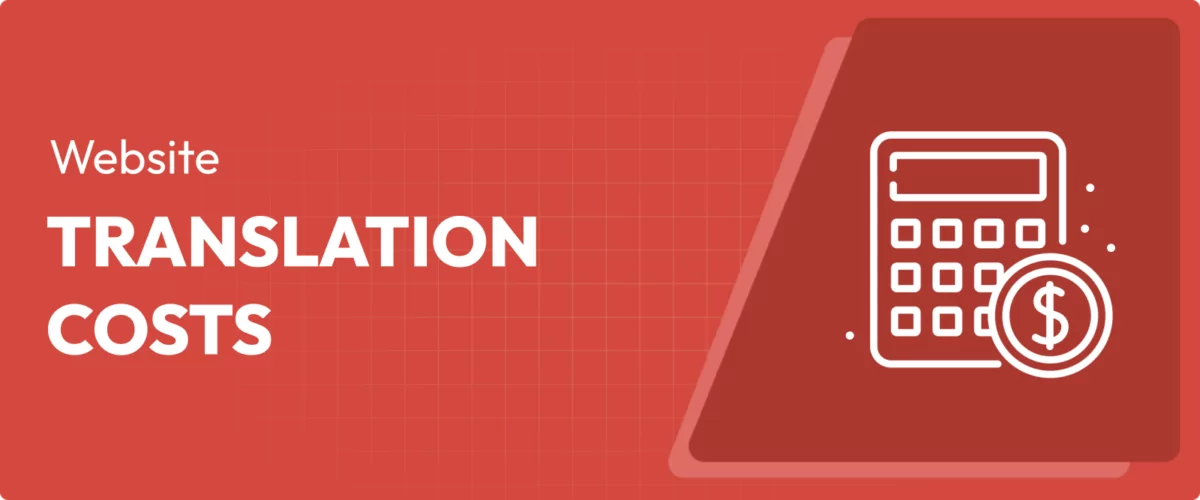
Website Translation Costs: How Much Does It Cost to Translate a Website in 2025?
Looking to find out what website translation costs to expect for your future multilingual website? The truth is, if you want to maximize your website’s potential audience, you’ll need to cast a wide net. That includes making your content available in multiple languages. Of course, translating an existing website can sound like a pretty expensive […]
Continue Reading
Make Gravity Forms Multilingual with TranslatePress (Easy Tutorial)
There are a lot of fantastic WordPress form plugins you can use. However, Gravity Forms remains one of the most popular premium options on the market. One of the only downsides to using this plugin is that it doesn’t enable you to set up multilingual forms out of the box. However, you can quickly resolve […]
Continue Reading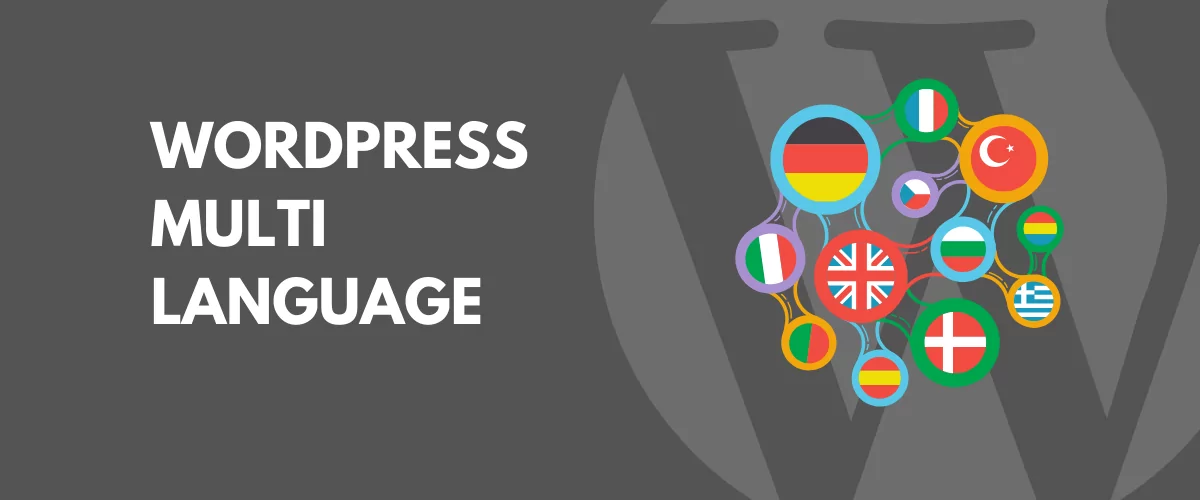
Set Up a WordPress Multi Language Site (How to + Best Practises)
Looking to create a WordPress multi language site? The truth is, limiting yourself to publishing online content in English can result in several missed opportunities. With a WordPress multi language site, you could be attracting readers for your blog from Spain, marketing products to customers in China, selling services to people in Brazil, and more. […]
Continue Reading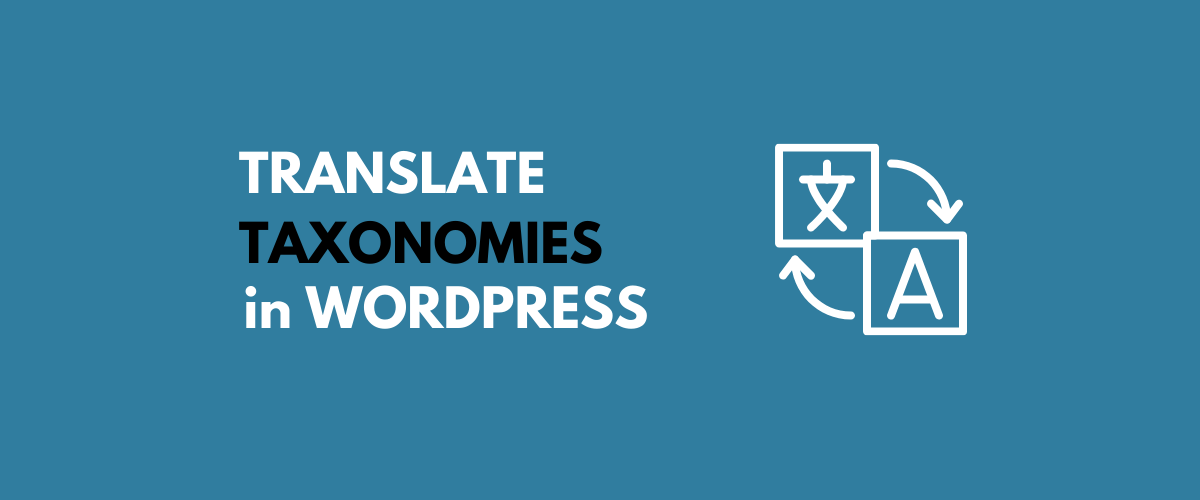
How to Translate Categories & Custom Taxonomies in WordPress
The ability to translate categories and custom taxonomies in WordPress is essential for any website looking to go multilingual. If you’re serious about multilingual SEO, then translating taxonomy slugs is a must as it will help your translated content rank in multiple languages. This however is not always as straightforward as it should be. Different […]
Continue Reading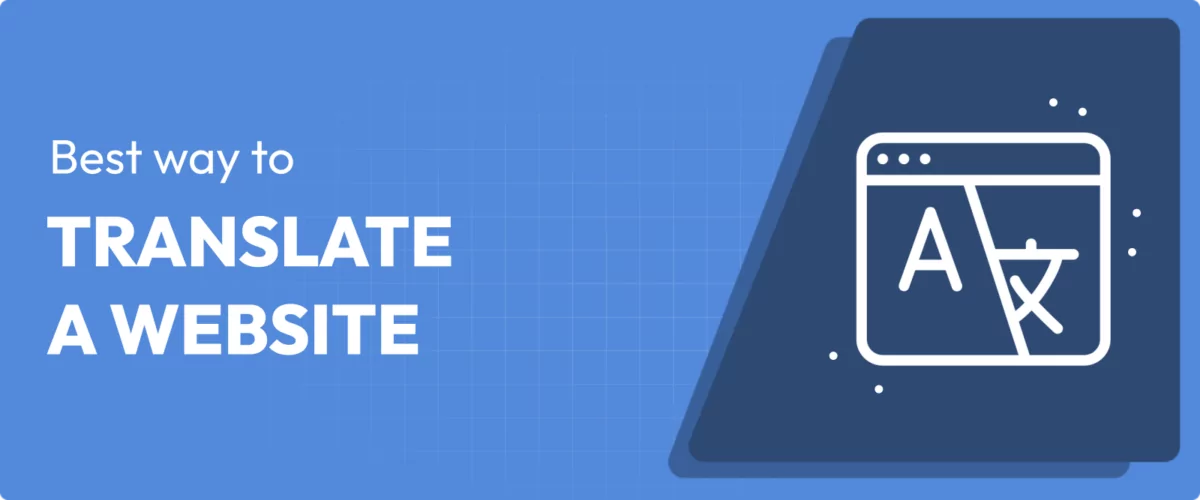
How to Translate Your Entire Website in 2025 (Easy Tutorial)
What’s the best way to translate your website in 2025? This is a popular question among website owners, especially if it’s a business website that you’re running! In this tutorial, we take you step-by-step through the entire process and show you all the stages of translating your website in its entirety – from menus to […]
Continue Reading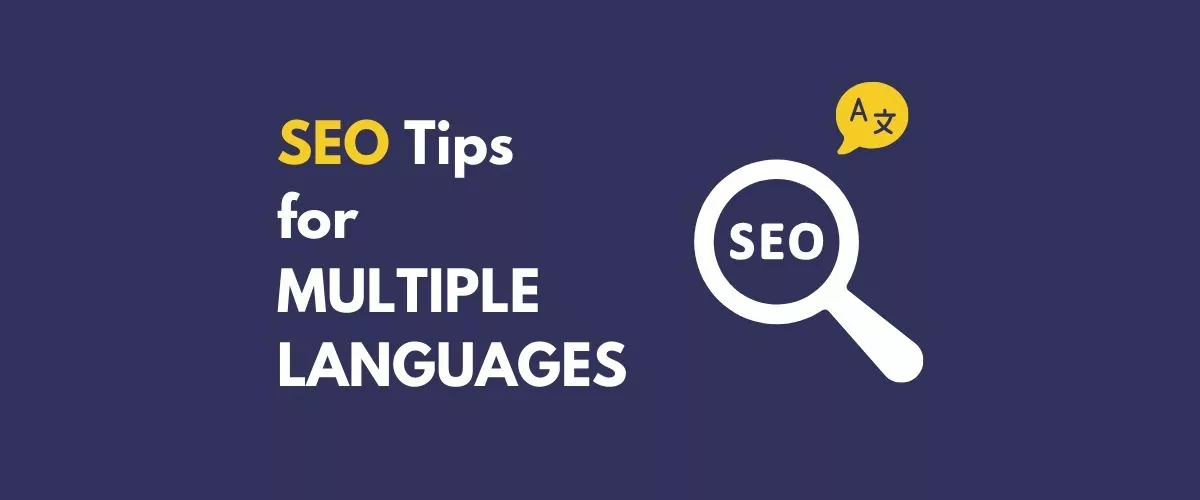
SEO for Multiple Languages: 5 Tips to Improve Your Page Rankings
There are a lot of ways to bring more traffic to your website. You can create new content, purchase ads, and use social media to drive visitors. One approach you might not have considered, however, is adding more languages to your website. Translating a full WordPress site takes work, but it can be a lot […]
Continue Reading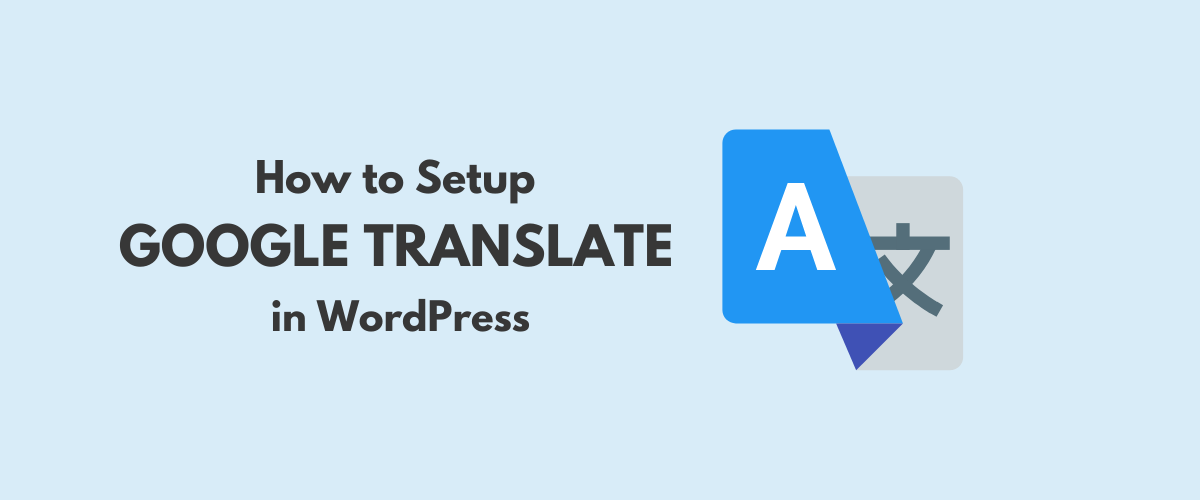
How to Use Google Translate in WordPress (Easy, SEO-Friendly Plugin)
Want to use Google Translate with WordPress to start automatically offering your site’s content in new languages? Google Translate makes it easy to quickly create a multilingual WordPress site. However, you’ll want to pay attention to how you implement Google Translate on your WordPress site so that you can fully achieve the benefits of a […]
Continue Reading
How to Make Yoast SEO Multilingual with TranslatePress
Looking to make Yoast SEO multilingual? Yoast SEO is an excellent tool for optimizing your site’s SEO in its native language, but Yoast SEO is monolingual, so you’ll need some help to apply it to multiple languages. In this post, you’ll learn how to use the TranslatePress plugin to make Yoast SEO multilingual by: The […]
Continue Reading